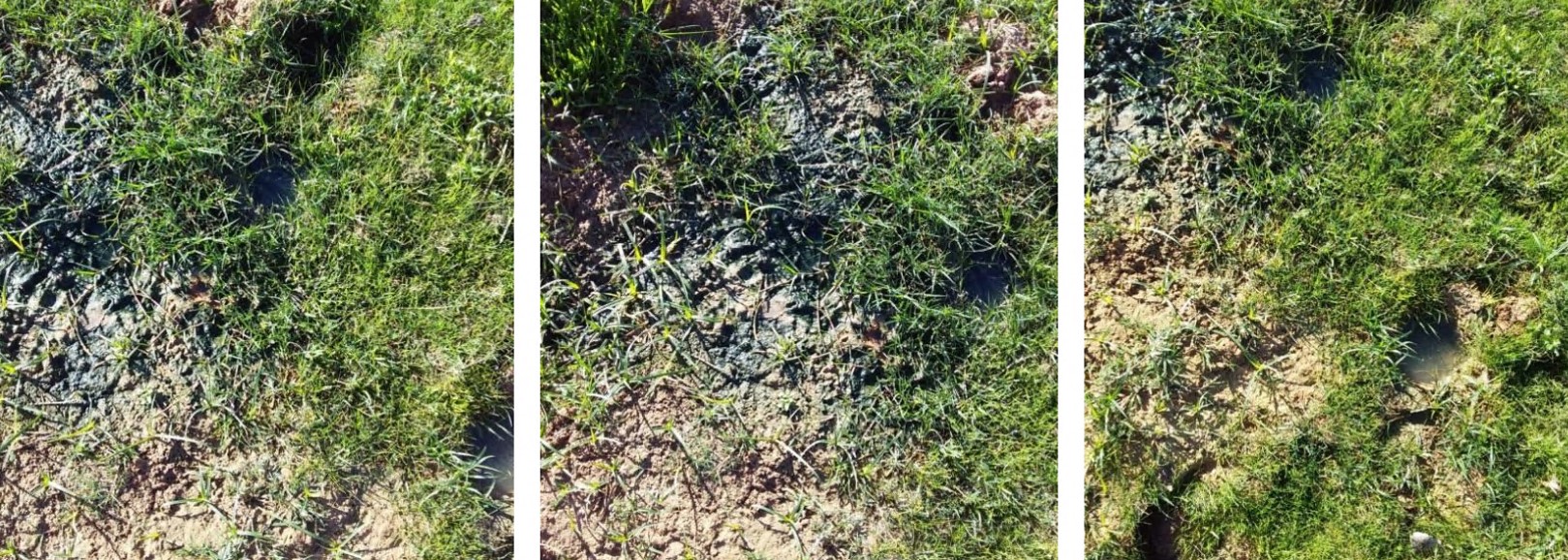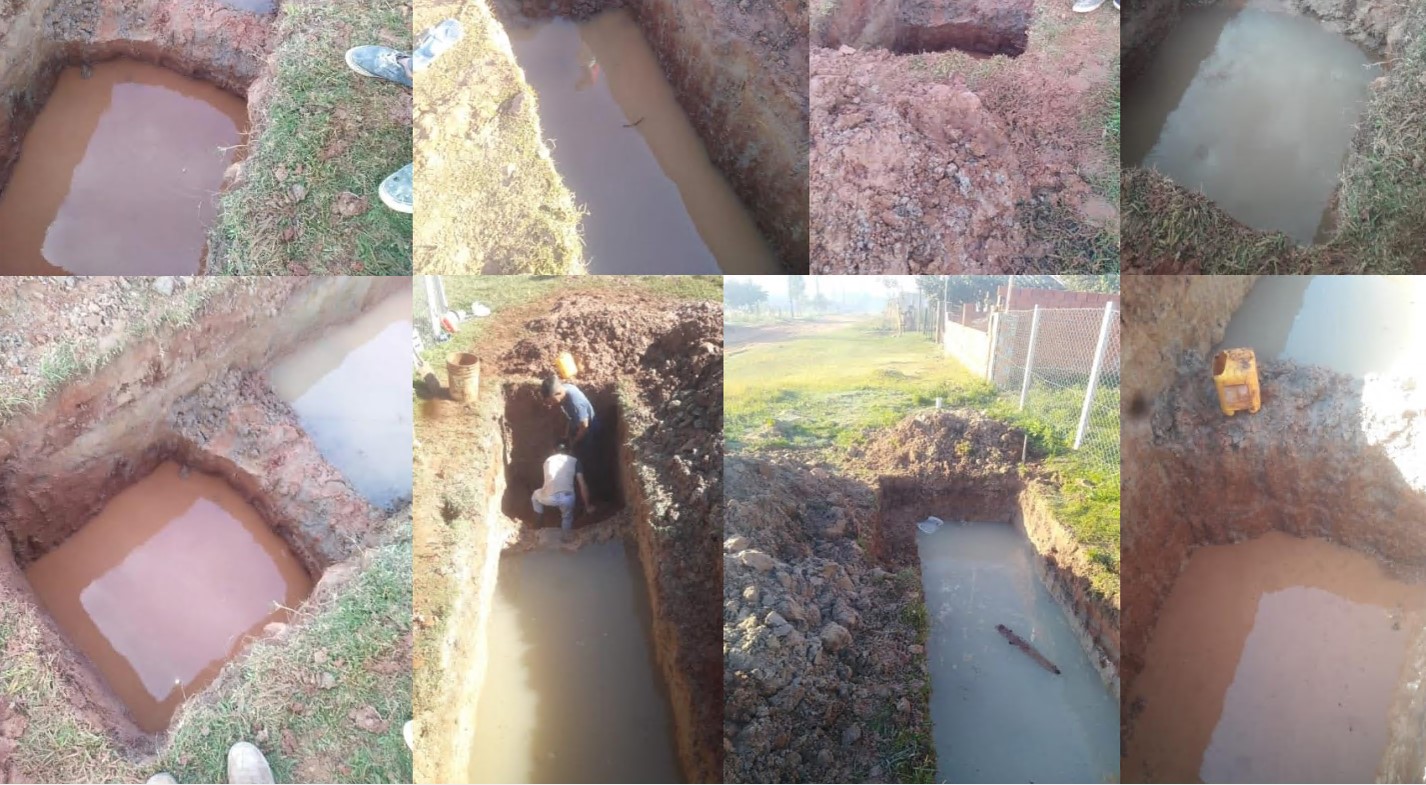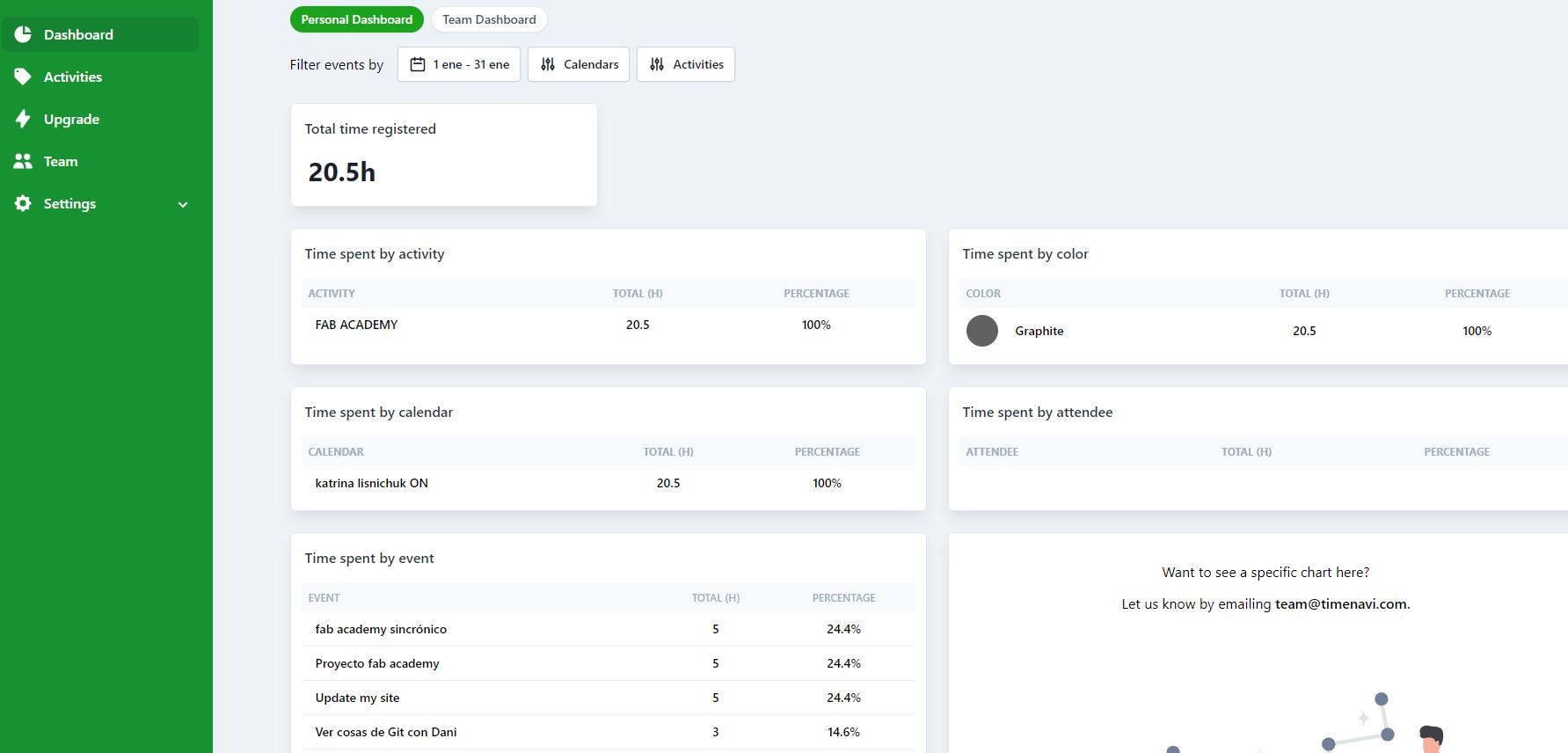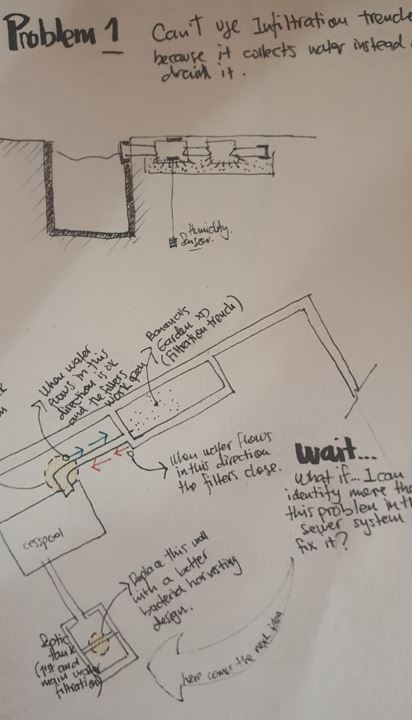1. Principles and practices¶
This week I worked on defining my final project idea and started to getting used to the documentation process.
I also defined my time availability and organized spots alongside my week schedule. I use a great tool time navi. It’s integrated with my google calendar so I can plan and manage all my time and then see how different it was from my original plan. I set 20hs per week for fab lab’s activities and I will monitoring this with time navi.
Final Project¶
The problem¶
I want to linked my current work at Habitat for humanity and try to solve more than one problem in the residential sewage system. In Paraguay, the lack of public sewage systems are huge. Just 14% of Asuncion’s population has access to a public sewage system. Due to that the families need to pay and build for their own.
We use a conventional hand-made system that has a lot of problems in different parts of it. So I will take Habitat’s building experience (more than 9.000 houses in the country) to design solutions for those problems.
Until now I identified 3 main problems in the system
- cesspools in impervious terrain fill up very quickly, so families need to invest more to drain them
- Septic tanks are inefficient because of the lack of surface for anaerobic bacteria to grow up.
- It is difficult to build in-site waterproof cesspools and it is too expensive to buy a pre-fabricated one.
 This is how a garden looks when the cesspool is overflowed
This is how a garden looks when the cesspool is overflowed
 This is a field photo showing an overflowing cesspool
This is a field photo showing an overflowing cesspool
The solution (s)¶
- A device that allows the cesspool to be partially and temporarely drained into an infiltration trench and that closes when the infiltration trench is saturated by the humidity of the soil or by heavy rains. That will mean that the families could drain the cesspool less and re-use the gray water to mantain the garden.
- A pre-fabricated “wall” that provides more surface available for the bacteria to proliferate inside the septic tank.
- A pre fabricated structure for the walls of the cesspool allowing it to resist the water presure of the outside and avoiding water to get inside and fill up the sewage system.
I interviewed 3 different architects and engineers to have more ideas about the solutions, and some of their recommendartions were:
- To think on the terrain unevenness
- To consider a better research about the shapes and sizing of the cesspool so the system can work better.
- Include a forecast of the seasons when it would be possible to use the infiltration trencd based on the historical rainfall records.
This is is a sketch representing the main problems I identified (so far) and possible “solution points”
Useful links:
-
https://programmerclick.com/article/19621370222/ – to name colors for your fonts
-
https://dev.to/nikolab/complete-list-of-github-markdown-emoji-markup-5aia – list of emojis

